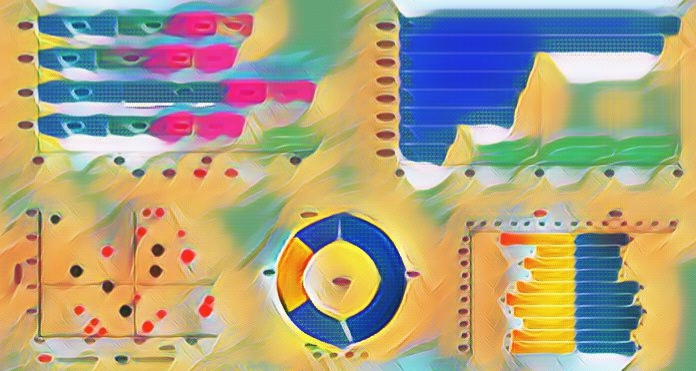
In today’s supercompetitive business environment, one of the newest “battlegrounds” in the continuous search for differentiation are the customer journeys. By book definition, a customer journey is the set of interactions that a client has with a brand in the process of buying a product or a service. The focus is not only on transactions but how the customer actually feels after each interaction with a brand.
Read more: Customer Journey: Always Aim for Simplicity or Maybe Not?

“What gets measured, gets managed” is not just a phrase in today’s business environment, but is rather an axiom. As far as Sales is concerned, sales metrics are vital to track, since they provide information that can be used to evaluate whether business goals are realistic, also give insights into areas where the sales process can be ameliorated and identify possible improvements in the performance and engagement of salespeople.

One of the most genuine dilemmas that companies are faced with is either to make product/services for which customers will be willing to pay a premium for, or to have a cost structure that will allow them to compete at a price that the competition will not be able to.

So, we got a lead, which eventually became a sales opportunity and after negotiations and going back and forth, the deal is finally done. What’s next then? Well, selling is no longer enough, because the relationship between a supplier and a customer rarely ends when a sale is made. On the contrary, in many cases, the way that the seller will handle the relationship after the deal is done, will most probably determine if the buyer is going to come back for more in the future or not.

One of the most difficult tasks that a sales manager is faced with, is whenever asked by the top management to provide sales forecasts. But why forecasting sales data should be such a problem? After all, the performance of sales teams is probably the most measurable in an organisation and even daily, the result of the activities of the salespeople is there for all to see.
Read more: How to Do Sales Forecasting Without Using a Crystal Ball


